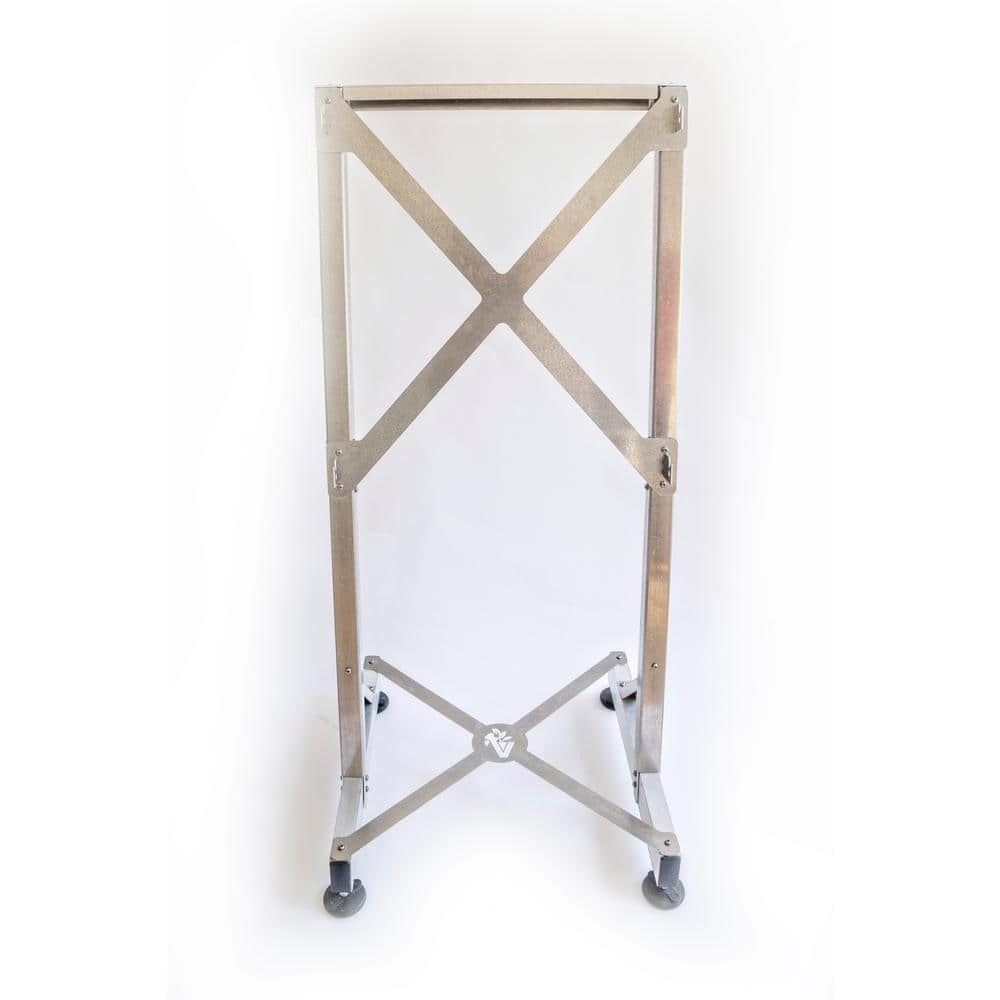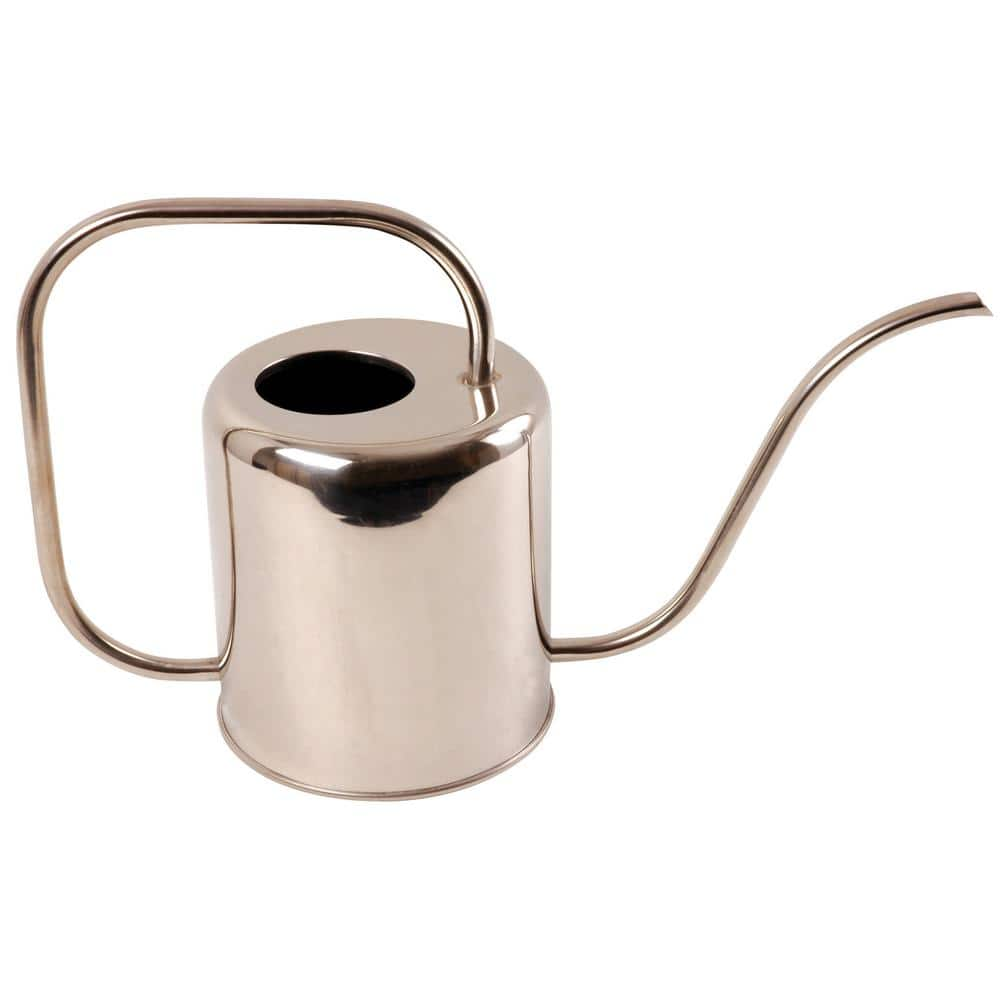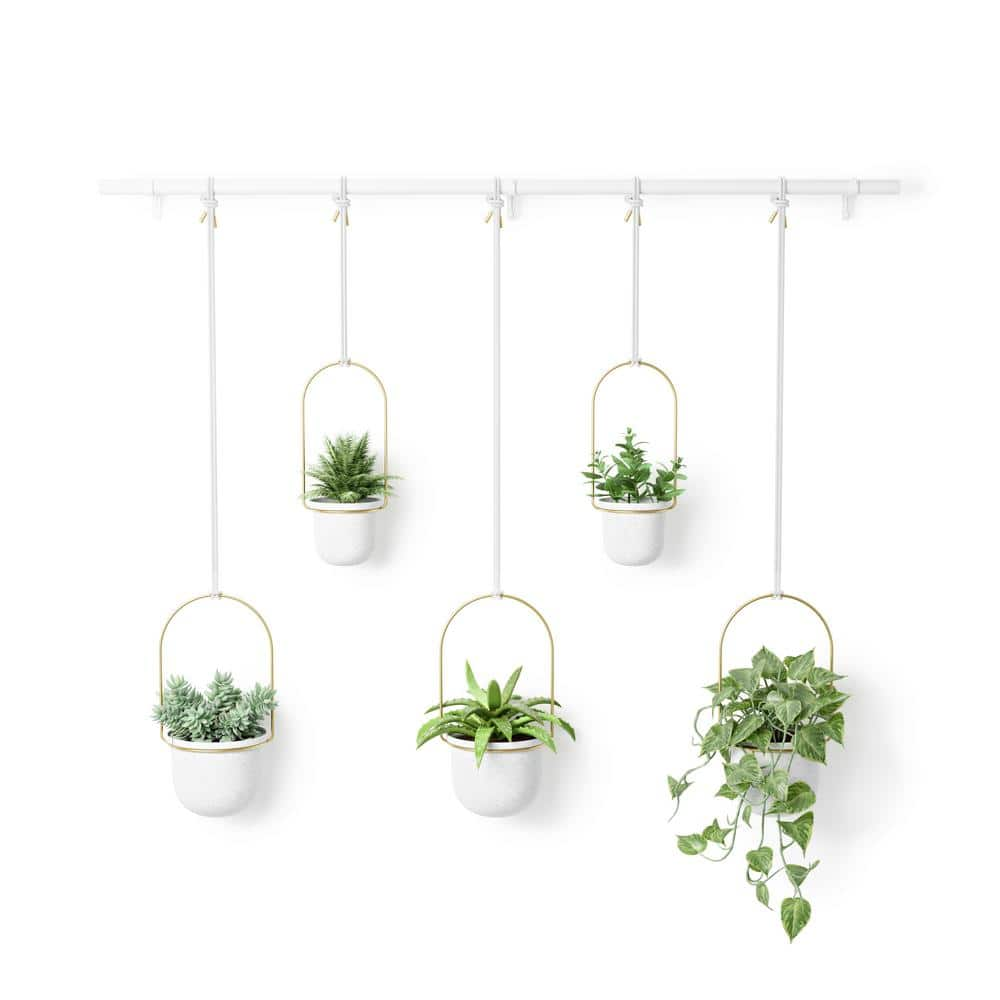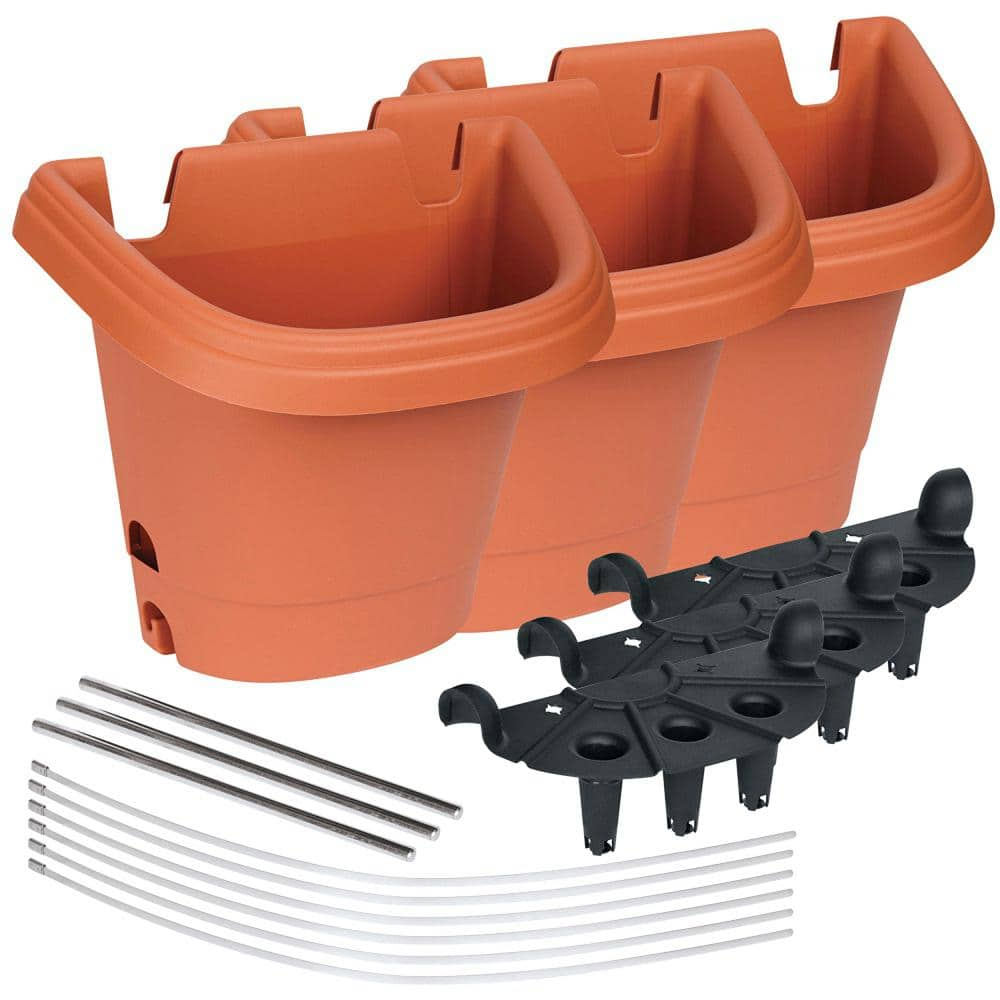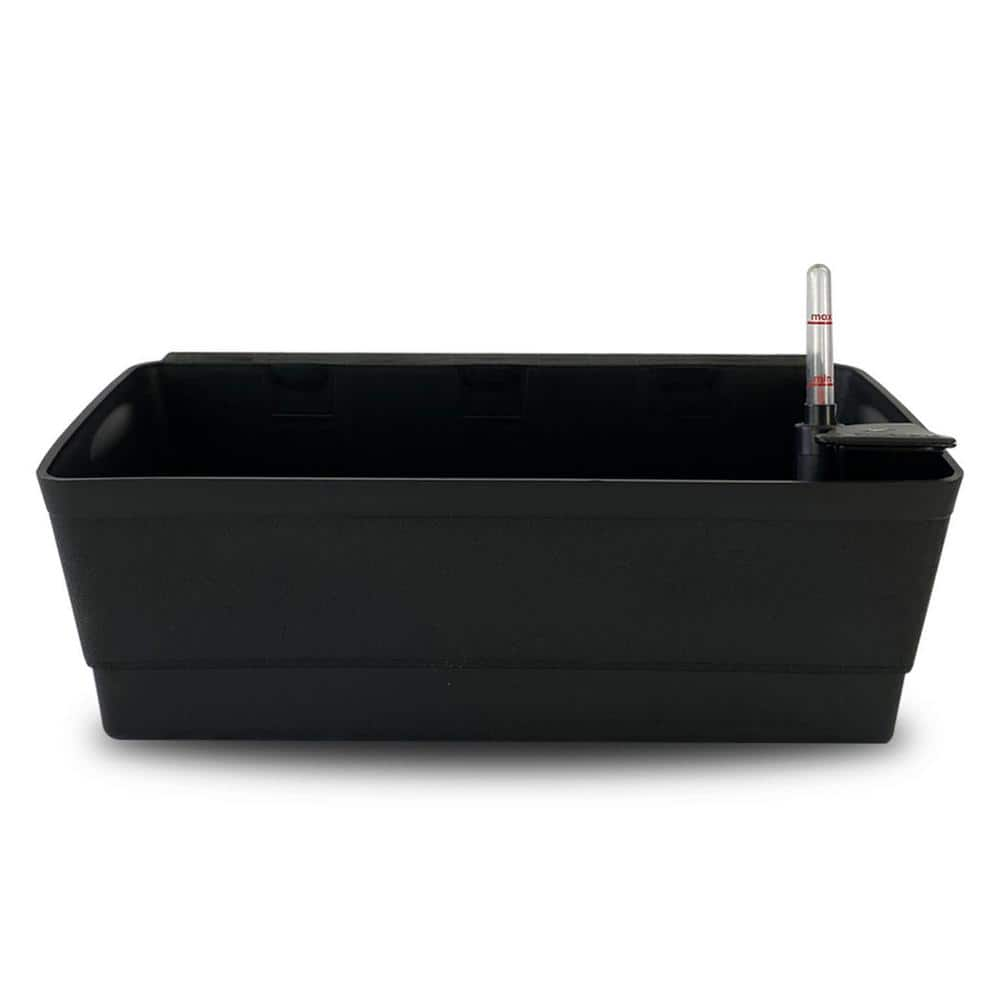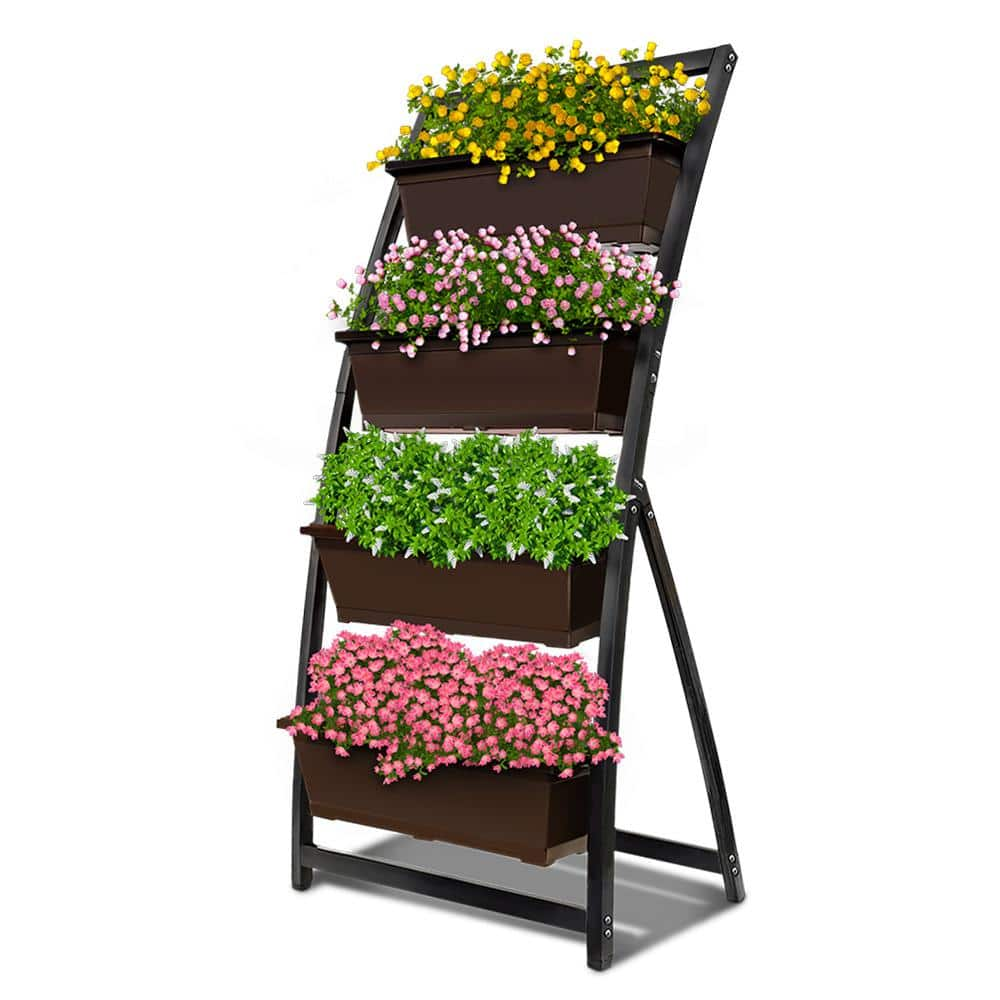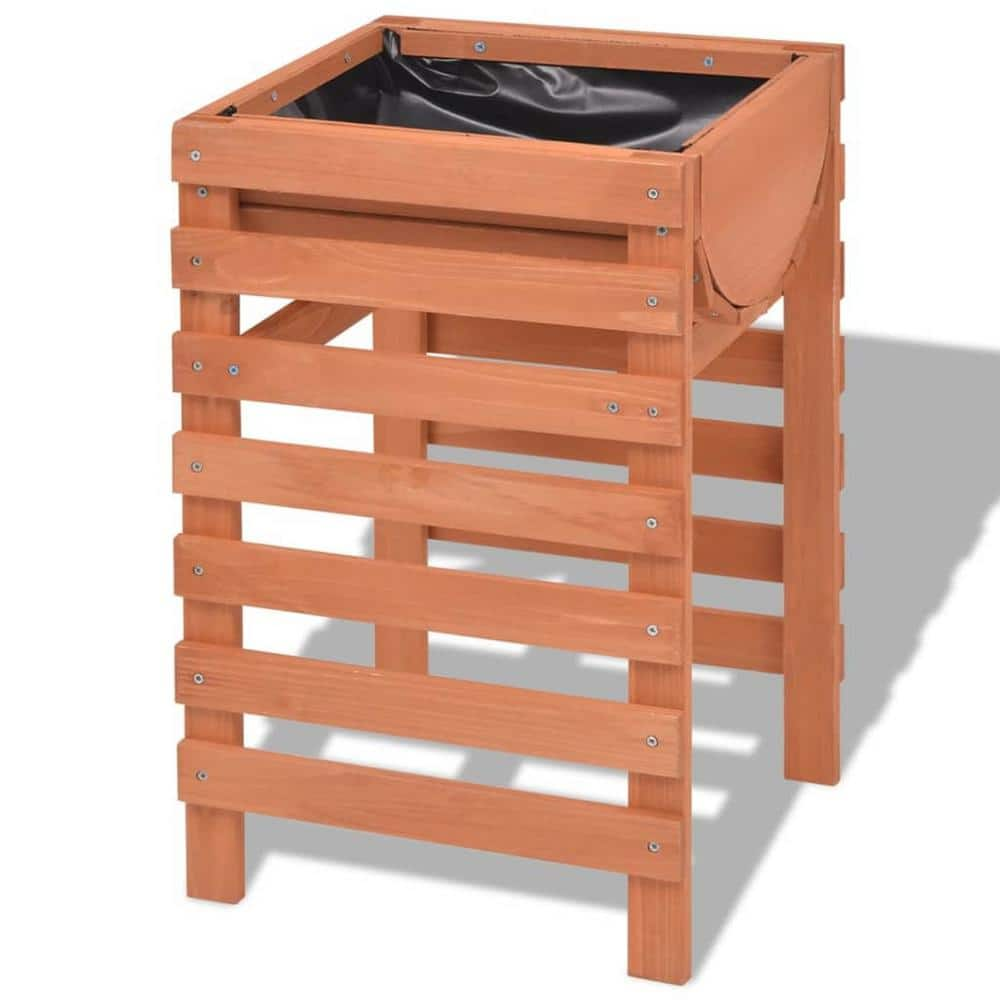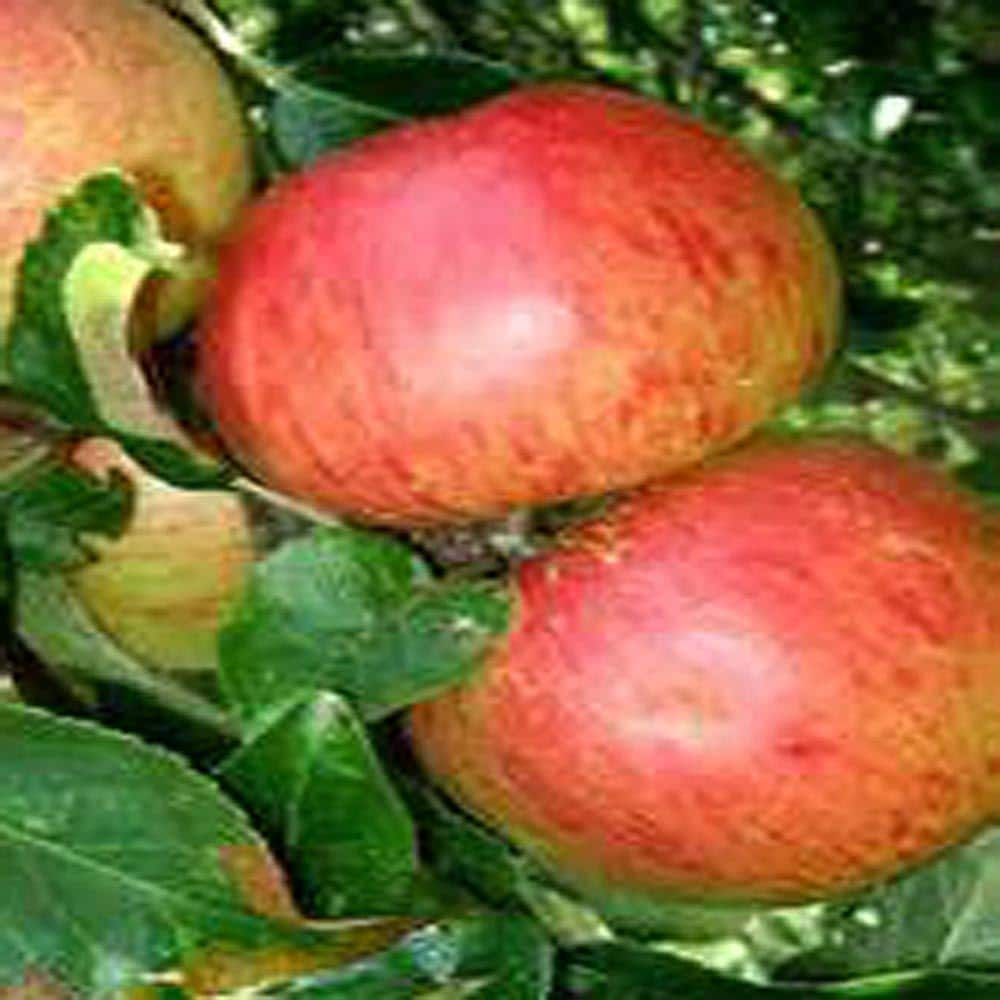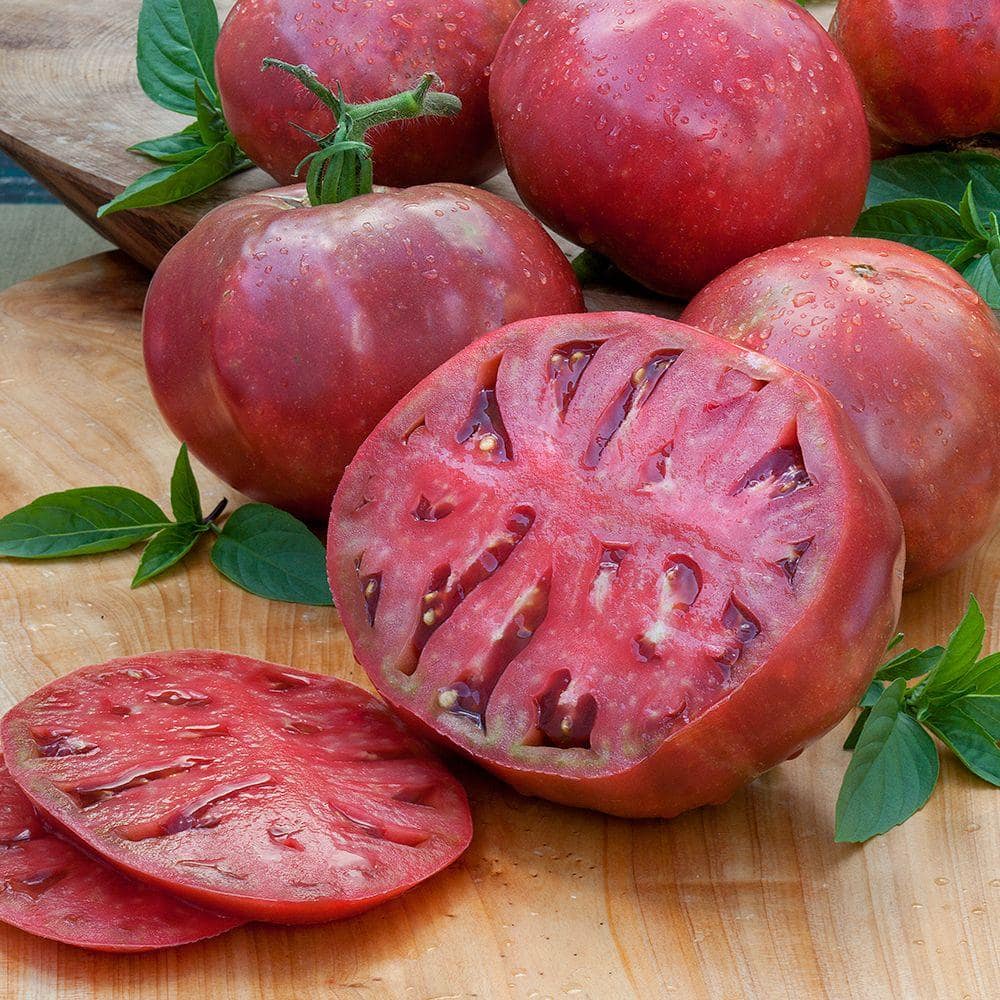Ideas for Planting a Tiny Home Garden
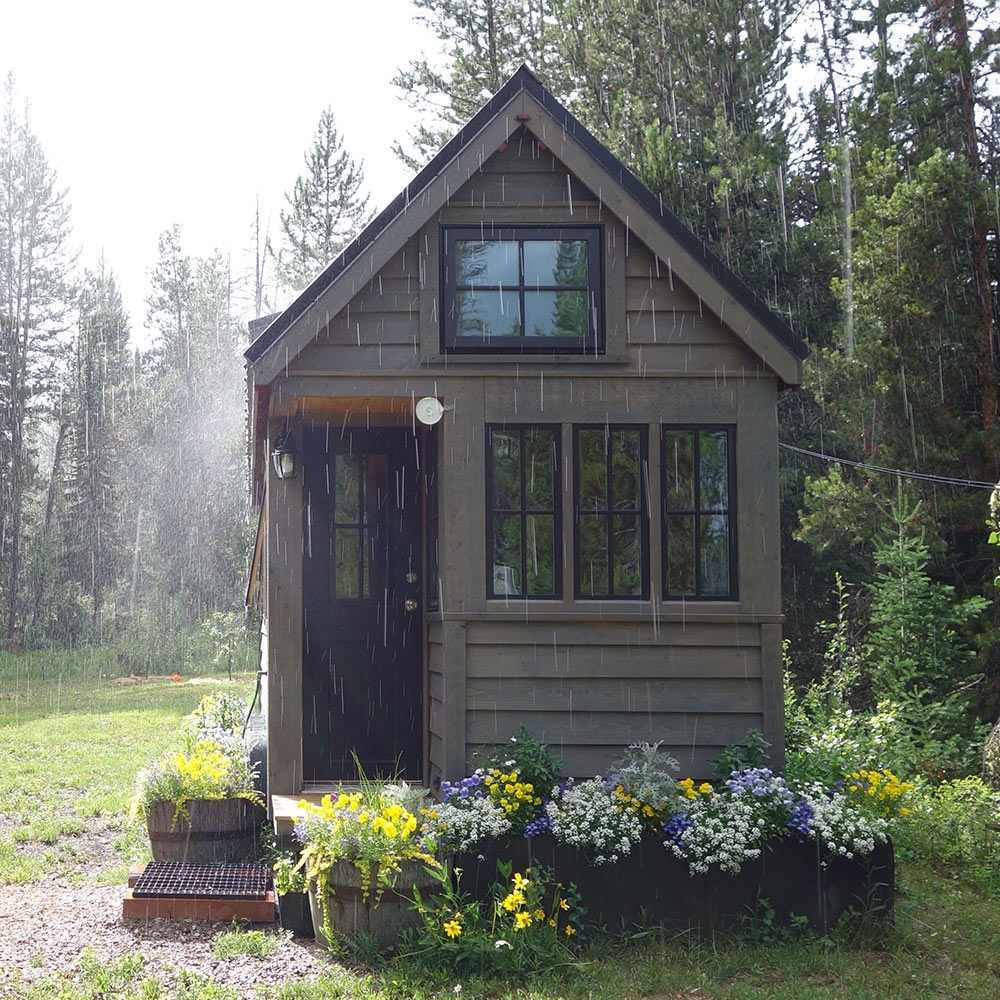
Last updated September 7, 2023
Living in a tiny house is all about making the most of your space both inside and out. This includes how you grow and enjoy fresh food at home. Tiny homeowners don’t need a large garden area to grow healthy fruits and vegetables. With the right layout, containers and sun exposure, it’s easy to harvest your favorite edibles in a small footprint.
Table of Contents
Raise the Garden Beds
Garden by the Square Foot
Go Vertical
Fashion an Espalier
Container Gardens
Hanging Gardens
Raise the Garden Beds
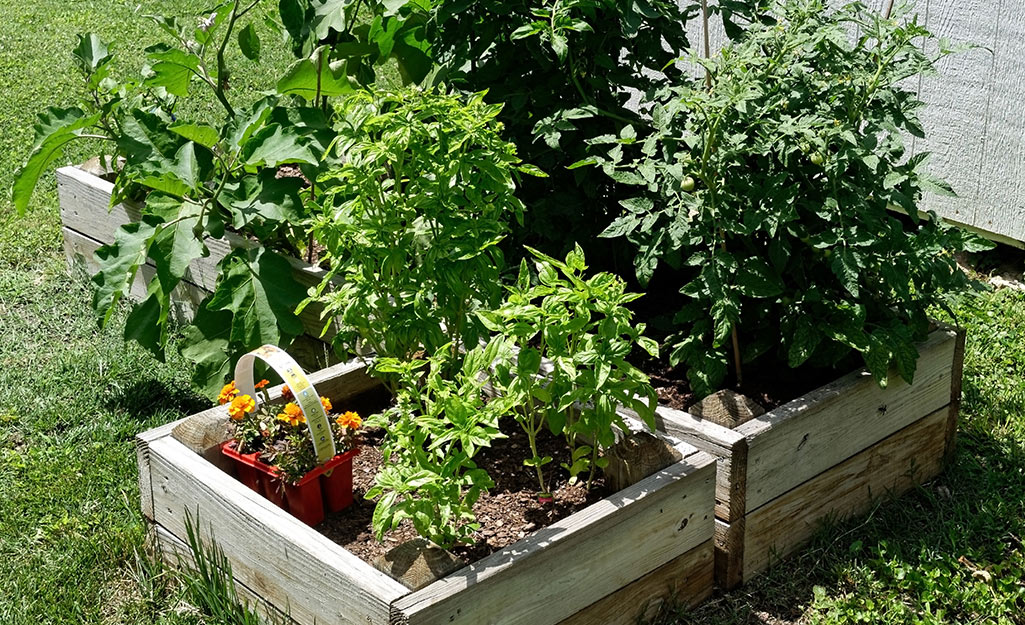
Elevating your planting area is an easy way to create a bountiful garden in a tiny space. This type of garden raises the planting area above ground level, which can be left open or enclosed. There are many materials you can use to surround the raised structure: wood, metal, concrete, rock and other hard elements.
Raised garden bed plans and kits are available in different styles and sizes. The benefits include:
- Gardening is easier on your back when the garden is elevated at a high level.
- Above the underground frost line, so you can start planting earlier in the spring.
- Neat, self-contained appearance.
- Fewer weed invasions.
- Better drainage.
- Temporary or permanent fresh food source.
Garden by the Square Foot
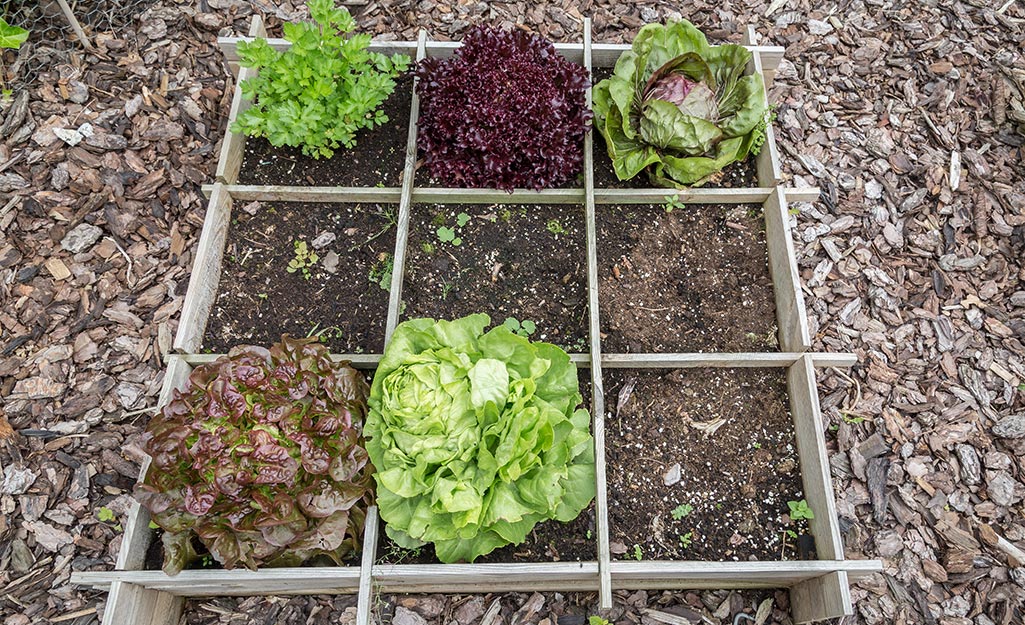
Square foot gardening is a simple method of creating a small, orderly and highly productive garden. The basic concept is to divide a small garden or raised garden bed into one by one-foot squares, each of which are managed individually.
Adding grids is the key factor to a successful square foot garden. This can be done by mapping out the soil using string, wood or PVC pipe. Inside each square foot, you’ll want to space the plants close so you’ll maximize their yield. The close placement results in fewer weeds and maintenance, with yields comparable to a regular row garden. Benefits of this small garden idea include:
- Ability to grow a lot of produce in a small space
- Less time spent on watering
- Close planting shades out weeds
- Less time thinning seedlings
- Better retention of soil moisture
Go Vertical

What tiny homes lack in ground space can easily be made up with vertical space. Incorporating a vertical garden is an ideal tiny yard solution because the footprint is small and the sky’s the limit. Here are five ways to get your vertical garden growing from the ground up:
- Attach a trellis to the house exterior without damaging the walls. Plant pole vegetables, such as cucumbers, peas and green beans.
- Construct a free-standing framework of wood pallets. Attach containers to the slats using hooks.
- Install a wire framework to the home exterior. Use hooks to hang containers filled with seeds or plants.
- Use a vertical garden planter with multiple tiers to maximize the growing area.
Fashion an Espalier
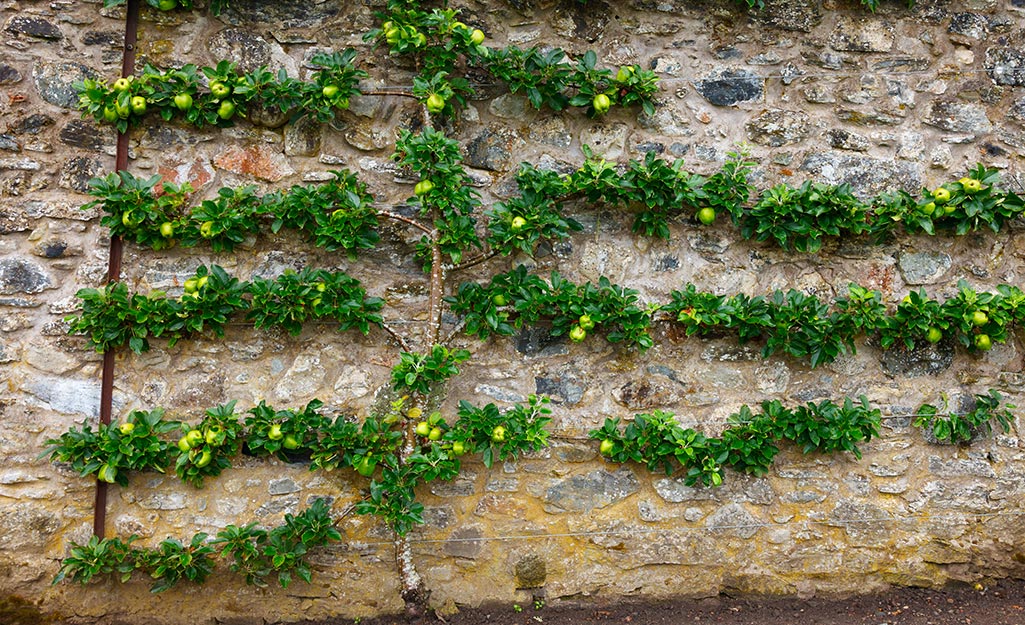
Embraced by gardening devotees for centuries, the espalier technique makes it possible to expand your fruit harvest in a tiny area. Espalier is the art of training a tree or other wood plant to grow against a fence, trellis or wall. With every growing season, the branches are trimmed and shaped to produce the highest yield— as well as be a living work of art.
It's important to choose fruit trees that are native to your region. This makes tending to an espalier much easier. Classic fruit tree varieties are apple, stone fruit, fig, pomegranate and persimmon. The reasons this growing technique works in a tiny house area include:
- Ability to grow more fruit in less space
- Attractive architectural element
- Fits in narrow areas
- Train branches in vertical or horizontal shapes
- Classic fruit tree varieties such as apple, stone fruit, fig, pomegranate and persimmon
Container Gardens
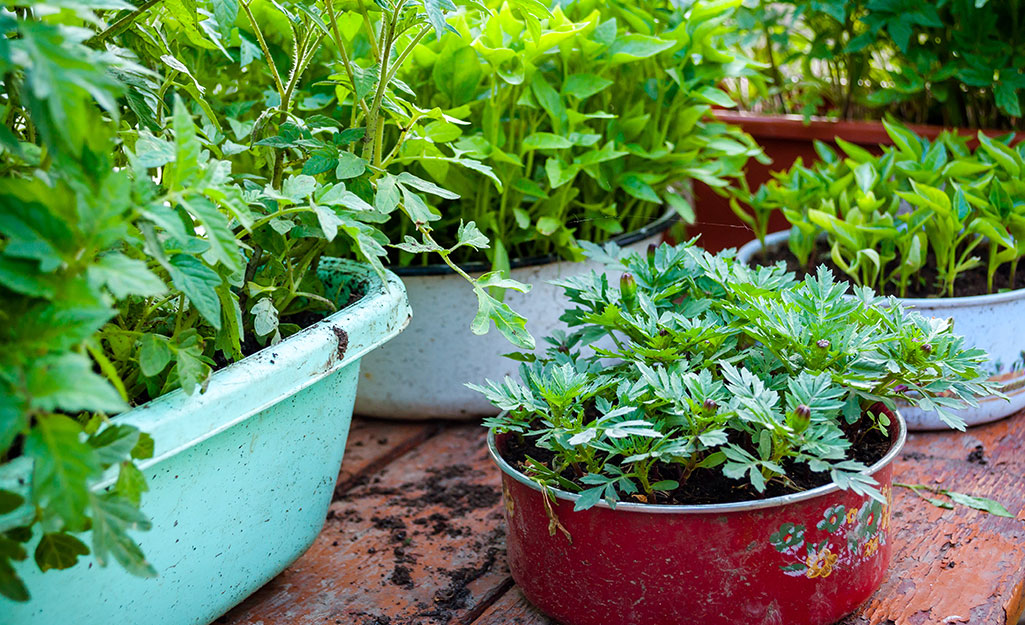
Container gardening is the simplest gardening method for tiny homeowners. The best part is, if you pick up roots and travel, the planters go right with you. Most herb and vegetable plants do well in containers such as planters, window boxes and hanging pots. You can even grow dwarf varieties of fruit trees and shrubs in containers. The reasons why a container garden suits a tiny space are:
- Great for beginners
- Variety of sizes and heights
- Perfect for growing herbs, vegetables and fruit
- Can relocate the pots as the sun moves through the seasons
- Stakes and trellises help support plants and maximize the yield
- Little or no weeding
- No soil contamination
- Sits on small porches, steps or at ground level
Hanging Gardens
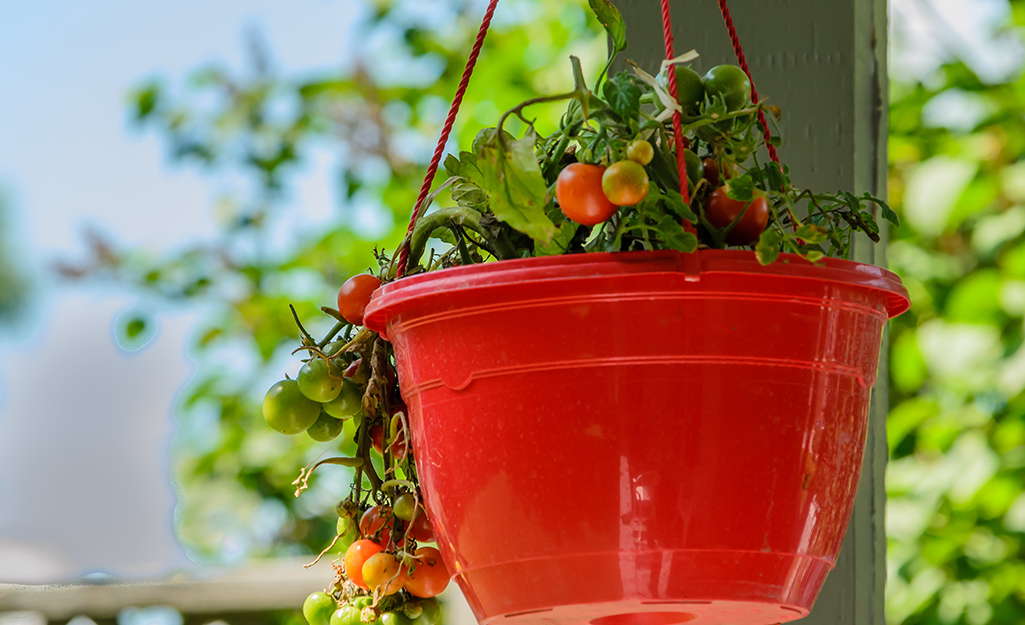
A hanging garden is a wonderful way to add color, bring more food to the table and increase your garden space. Lettuce, strawberries, cherry tomatoes and eggplants are all hanging garden candidates. Herbs like basil, sage and mint will thrive in self-contained baskets, too.
Ideal places for hanging crop-filled baskets are from hooks by the front door, under the eaves and along fences. You can also hang a vegetable or herb garden from freestanding shepherds hooks placed throughout the yard. Here’s why a hanging garden might work for you:
- Flexes your growing space
- Great for urban gardeners
- Keeps edible crops safe from deer, voles and other grazing animals
- Less slugs in the soil
- Eliminates soil-borne diseases
The reasons for embracing the tiny house movement also apply to how you garden outdoors. Less becomes more when you reap delicious foods using the right gardening methods, plants and tools. Use The Home Depot Mobile App to locate gardening products and check inventory. We'll take you to the exact aisle and bay.
